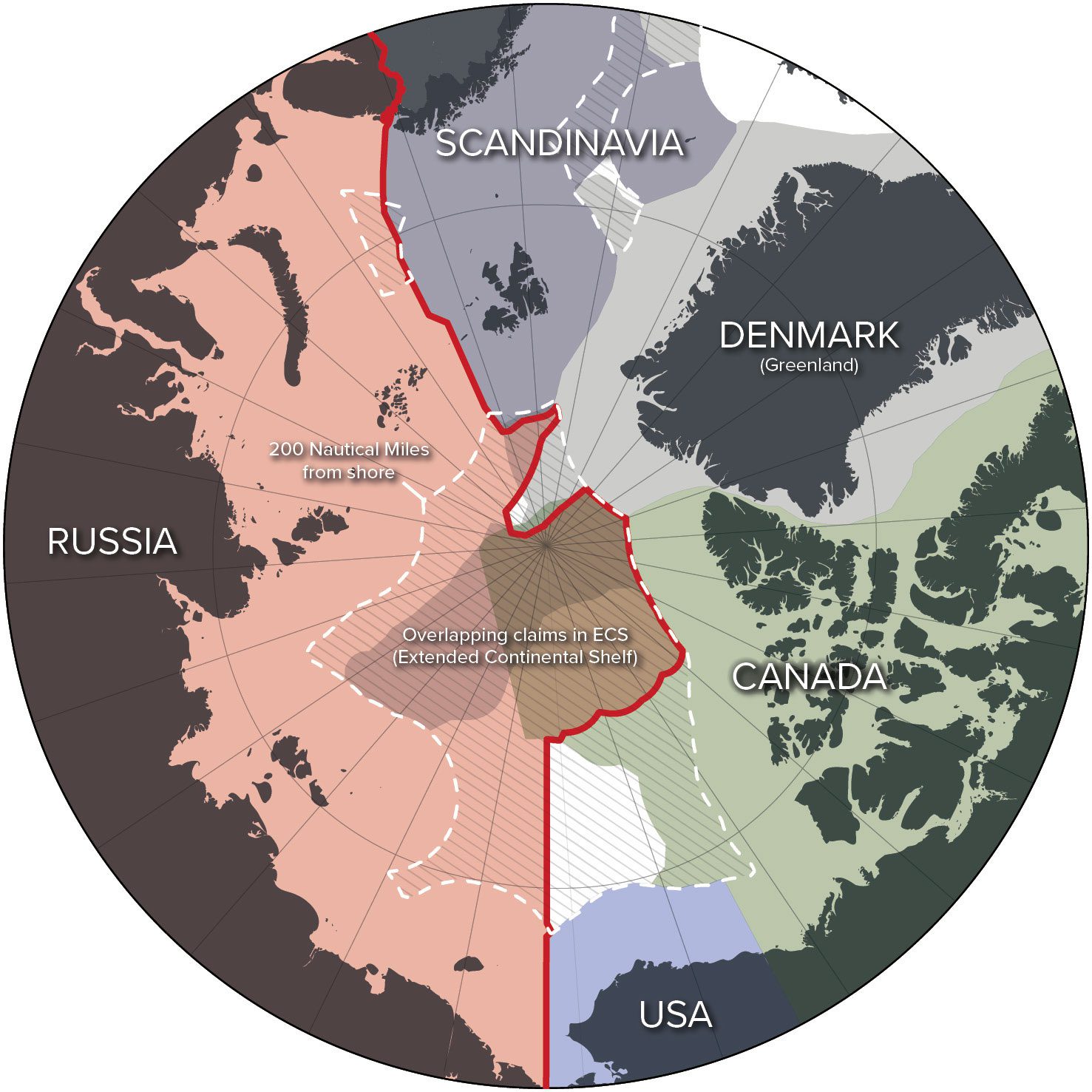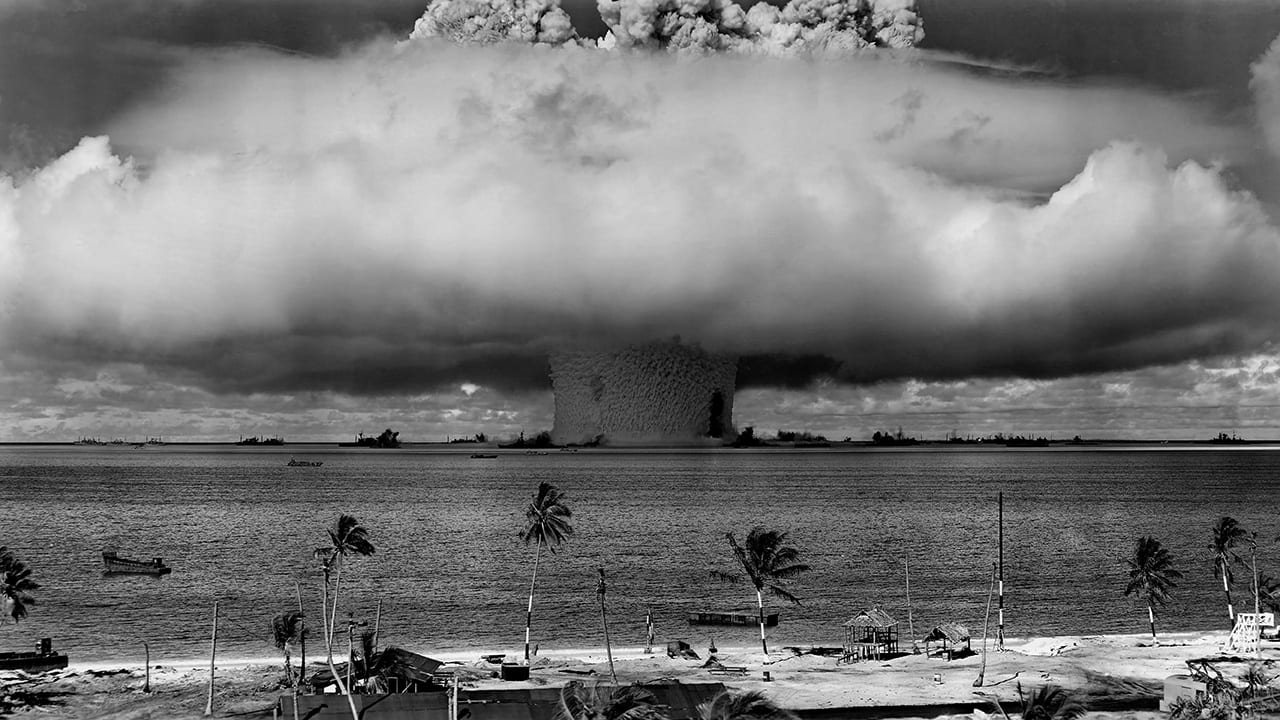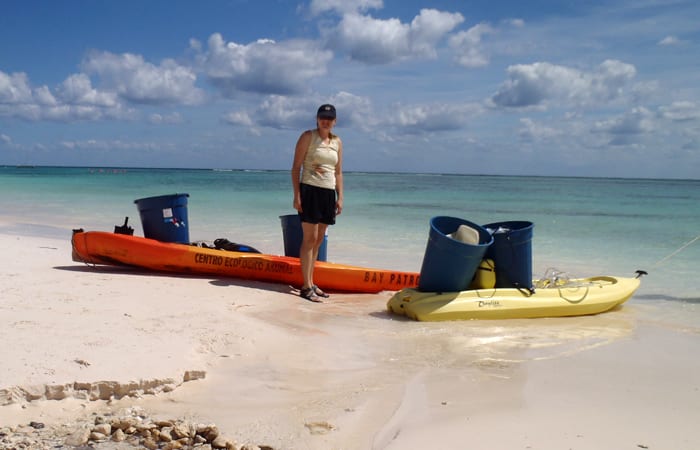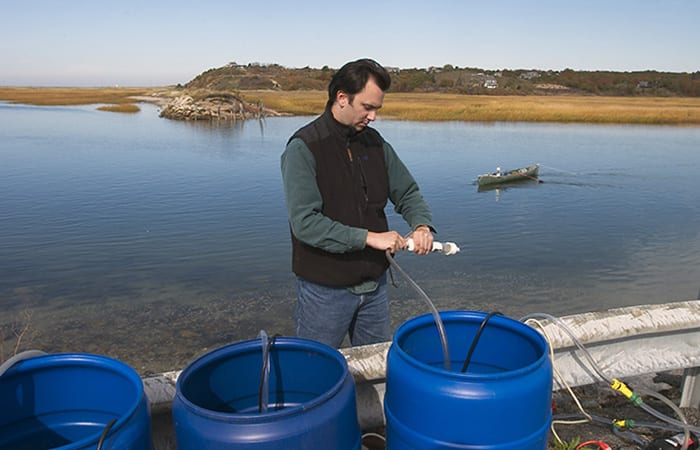CLIMATE & WEATHER
The climate won’t wait
Climate & Weather
The climate won’t wait
The Arctic is an incredible environment, as beautiful as it is unforgiving. Temperatures regularly plunge below -30°C in the winter, creating vast sheets of ice and snow that stretch across ocean and land alike. Yet despite its extreme conditions, the Arctic is full of life.
The region hosts numerous species of fish, mammals, birds, and has even been a home to humans for over 10,000 years. Unfortunately, the Arctic is also unique in its susceptibility to climate change, with temperatures rising four times faster than locations closer to the equator. While many are familiar with the plight of large marine mammals losing access to sea ice, this warming will also have consequences for the global cycling of nutrients, heat, greenhouse gases, and volatile pollutants.
“The Arctic is unique. We need policies that recognize its exceptionalism.”
—MIT-WHOI Joint Program student Emma Bullock
To address these changes, scientists need a better understanding of how the Arctic is changing and why. This may seem straightforward: send some interested scientists up north to take samples, right? Well, it’s not that easy. Today there are eight countries that control territory within the Arctic circle, with Russia alone accounting for 53% of the Arctic coastline. This means that studies on Arctic-wide systems require international cooperation.
This certainly applies to my own research. I look at freshwater inputs to the Arctic Ocean from rivers and groundwater, using radium isotopes as tracers. In my first two years as a student, I wanted to compile a dataset for radium inputs from Arctic rivers; however, almost no data existed from Siberian river suspended sediments. Through connections to Russian research stations, I was able to get sediment samples from the Kolyma River in northeastern Siberia. This allowed me to see dramatic differences between North American and Siberian radium inputs, which would have gone unrecognized without our international collaborators.
Today I am investigating mercury inputs to the Arctic Ocean from groundwater. Mercury is a potent neurotoxin that has accumulated in Arctic soils over thousands of years. As these permafrost soils begin to thaw, there is potential for this toxic metal to be transported by groundwater to the coastal ocean, where it will accumulate in the tissues of fish and animals and, eventually, in the people who depend on these animals to survive. I have visited Deadhorse, Alaska four times in the past two years, gathering data. I hope that this study will help us better understand an increasing source of mercury to the Arctic Ocean and inform communities who rely on Arctic ecosystems impacted by mercury inputs.
My current study is based in Alaska, which was chosen because it is still within the United States and was accessible during the COVID-19 pandemic. Even though travel bans have begun to lift, we now have another problem: the war in Ukraine. While many scientists have maintained contact with their Russian collaborators, the use of federal science funds between American and Russian institutions has been paused.
One of my collaborators, Dr. Paul Mann, associate professor at Northumbria University and former postdoc at the Woodwell Climate Research Center, has been doing research in Siberian river basins for over a decade. He spoke to me about his concerns regarding the current situation. Multi-year projects have been put on hold, publications have been delayed due to confusion regarding co-authorship policies, and personal connections to Russian scientists are starting to break down. Dr. Mann commented that, “it’s going to take so long after the war ends before things get back to normality. The legacy that this is going to leave… we have no idea when research will be able to restart.”
While scientists will continue to pursue Arctic research to the best of our ability, our current situation is inadequate. My mercury research will tell us how mercury in coastal groundwater enters the Arctic Ocean—but only in Alaska. Alaskan soils and sediments are different from those in Canada, Greenland, Scandinavia, and yes, Russia.
The climate won’t wait for us to solve our political differences. We need to develop a strategy for continued scientific partnerships in the Arctic, despite our different countries, cultures, and institutions. I began by saying that the Arctic is unique. We need policies that recognize its exceptionalism.





